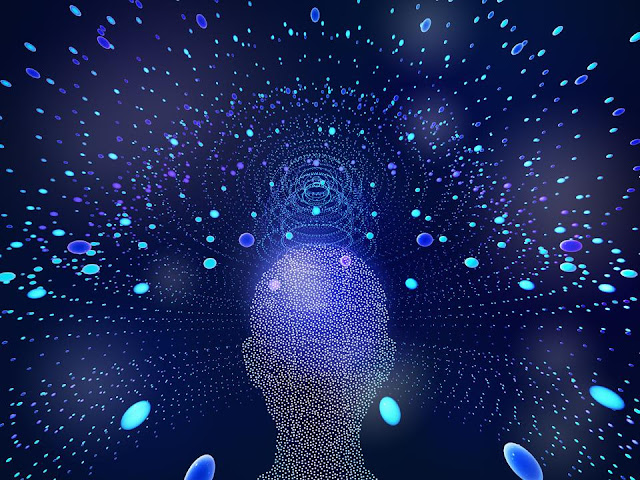UiPath: The Journey Towards Full Automation
There is perhaps no better company to which the adage "fake it till you make it" applies. This notion of consistently showing up until the sheer act of repetition eventually morphs from mock-up to authentic good describes this corporation’s ascent like no other.
UiPath (PATH) took on many denominations and ambitions since its founding in 2005. Like a pubescent child struggling to come to terms with its identity, there were a plethora of iterations, including some literally existential ones, that came before its final form. As DeskOver, the company operated as a consulting firm that mainly focused on building software development kits (SDKs) for larger behemoths to speed up their app development process.
Opportunity often resides beyond the edge of our comfort zone, and in 2013 DeskOver stumbled upon an insight that would become the very core of what UiPath is today. An Indian Business Processing Outsourcing (BPO) company was seeking to automate certain workflow tasks for its clients and consulted with a flurry of vendors to develop the robotic process automation (RPA) infrastructure to enable just that. Despite having little to no experience in this segment, DeskOver won the bake-off and the rest is history.
Fast forward to today and UiPath - renamed after a technical term in the company's codebase - is the very benchmark to which the rest of the industry measures itself.
Without further introduction, let's delve deep into understanding the business model, valuation, and prospects for both UiPath and the RPA industry as a whole.
What Exactly does UiPath do?
At one point or another, we've all seen The Jetsons. This futuristic family set the stage for what was to come: a world with technology so advanced and automated that George Jetson works a mere hour a day, two days a week. As a result, daily life is leisurely. Yet, as is our human tendency to lose our capacity for wonder at even the most marvelous innovations, everyone complains of the exhausting hard labor and accompanying difficulties that result from the few remaining inconveniences. Alas, we will not concern ourselves with the philosophical inquiries of Orbit City. For our purposes, however, UiPath is the engine that might well power us into a world that resembles their Google landscape. After all, the show is set in 2062…
UiPath is laying the pipes on top of which a future of this sort can actually come into existence. By way of delegating mundane, repetitive tasks to virtual robots, the company is doing the necessary groundwork that might make having a robotic maid such as Rosie a reality. Don't take our word for it, though, as the company has been consistently transparent in their long-term ambitions:
But we digress.
The company is in the business of efficiency. Much like COVID, UiPath places particular emphasis on the output of skilled labor. For far too often people have been content to hide behind monotonous tasks, falling into a cycle of mediocrity that feeds on itself. The pandemic has inadvertently exposed the freeloaders and underlined the achievers. Nonetheless, work as a whole has become increasingly tedious and dull over the years, with a workforce that has been dumbed down and deprived of its ability to think critically. As such, productivity and happiness along with it have plummeted. For instance, depression costs Japan more than $14 billion in lost productivity, according to the London School of Economics. To put that into perspective, the third-largest economy in the world spends $8 billion on its energy budget - almost half as much.
Yet this is not merely about improving mental health, however important it may be, but rather channeling our collective efforts as a society into stimulating innovation and freeing up our mental bandwidth to tackle our most pressing issues. UiPath's business model is about empowering the individual as much as it is about stimulating a survival-of-the-fittest-like environment wherein people are endowed with the liberty to spend their time on what matters most to them. There will be growing pains, no doubt, but as Uncle Ben would say, "with great power,"...
One visual approach to understanding how RPA works is to think of it as the automation layer that sits on top of software (see preceding image) to automate the labor involved by an individual across applications and the entire user interface.
The hilarious duality of monotonous work is an inherent paradox: the work itself is done by virtually anyone and is, therefore, a commodity, but no one actually wants to do the work in the first place.
Take, for instance, the lethargic process of invoicing. Open your email, find the relevant information, dump these inputs into your employer's preferred enterprise resource planning (ERP) product, and repeat. And repeat. And repeat some more. Next thing you know, you're dead. Thrilling, right?
UiPath, in turn, does away with the knowledge worker's shackles. By presenting the metaphorical sock to the employee, Dobby becomes a free elf.
By way of optical character recognition (OCR), UiPath not only replicates the exact same process but also makes it dramatically more efficient by reducing the likelihood of human error. Minutes are now turned to seconds and the entire workforce benefits as a result. There are countless examples of processes that could benefit from such automation. The basic ingredients are manual, repetitive tasks employed on a computer that uses an array of applications to get things done.
This Article Source is From : https://seekingalpha.com/article/4455820-uipath-the-journey-towards-full-automation







Comments
Post a Comment